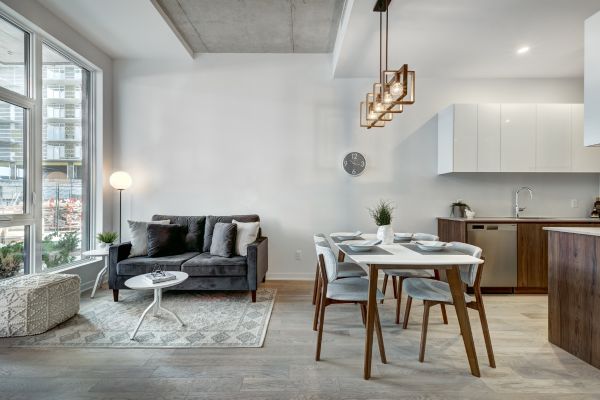Your cart is currently empty!
Apartment & Townhome Safety Checklist

- Access Control: Understand how the key fob or code system works for entry and exit. Test it a few times to ensure it functions properly.
- Security Cameras: Note the locations of any security cameras in the building and surrounding areas.
- Intercom System: Learn how to use the intercom to grant access to visitors.
- Emergency Exits: Locate all emergency exits and familiarize yourself with the building’s evacuation plan.
- Building Staff: Get to know the names and contact information of the building manager and security personnel.
- Door Reinforcement: While you can’t change the locks, consider adding a door reinforcement device like a door jammer or security bar for extra protection.
- Window Locks: Install additional window locks, especially on lower floors.
- Sliding Door Security: Add a security bar or a dowel in the track of sliding doors to prevent them from being forced open. Thats a common step in Apartment and Townhome Security.
- Smoke and Carbon Monoxide Detectors: Test the smoke and carbon monoxide detectors in your unit and note their locations. Inform management if they are not working properly.
- Fire Extinguisher: Purchase a small fire extinguisher and keep it easily accessible in the kitchen. Learn how to use it properly.
- Escape Plan: Create a fire escape plan with your roommates or family members and practice it regularly.
- Emergency Contacts: Post a list of emergency contacts (fire, police, poison control) in a visible location and save them in your phone.
- Neighborhood Watch: Participate in any neighborhood watch programs in your area.
- Stranger Danger: Don’t open your door to strangers. Use the intercom or peephole to identify visitors.
- Valuables: Keep valuables out of sight and consider investing in a small safe.
- Consider an EMC Security DIY security system to protect your place and what’s inside.
- Features: Consider the features that are most important to you, such as video recording, motion detection, or remote access.
- Ease of Installation: Look for systems that are easy to install and don’t require drilling or wiring.
- Compatibility: Ensure that the system is compatible with your smartphone and other smart home devices.
- Set up security cameras: Install cameras in strategic locations around your property. Review footage regularly to monitor for any suspicious activity. EMC Security can help you choose the right cameras for your needs.
- Wireless Indoor Cameras: These cameras are easy to set up and can be placed on shelves or tables. They offer live video feeds, motion detection, and recording capabilities.
- Doorbell Cameras: Doorbell cameras replace your existing doorbell and allow you to see and talk to visitors through your smartphone. They also record footage when motion is detected.
- Renters Insurance: While many properties require it, if optional, obtain renters insurance to protect your belongings from theft, fire, or other damages.
- Outdoor Spaces: If you have a balcony or patio, make sure it’s well-lit and consider adding motion-sensor lights.
- Home Inventory: Create a home inventory with photos or videos, including serial numbers, to help with insurance claims.
- Light Timers: Use light timers to give the appearance that someone is home when you’re away.
Ensuring the safety and security of your apartment or townhome is an ongoing process. This checklist will help you identify and address potential hazards that should be addressed:
Additional Precautions:
Security System and Cameras
Personal Safety:
Fire Safety:
Secure Your Unit:
Familiarize Yourself with Building Security:
Home safety is an ongoing process. Regularly check your home’s safety features and make updates as needed. Call 770-963-0305 to learn more about Apartment and Townhome Security solutions.


